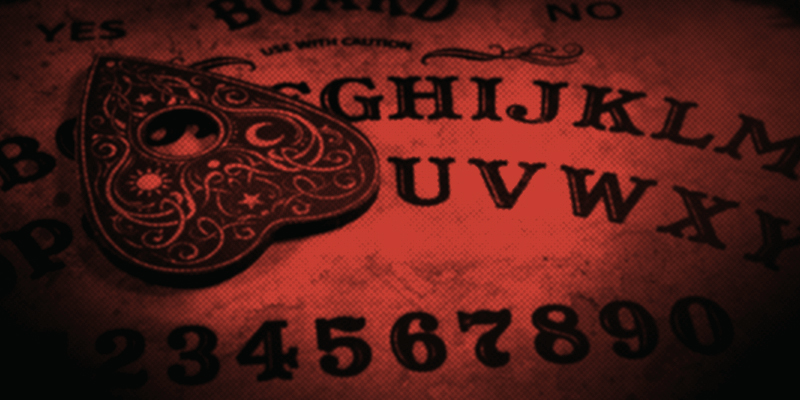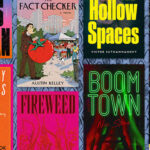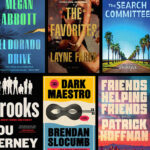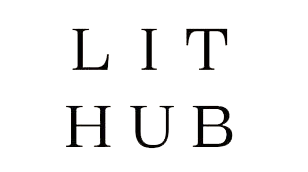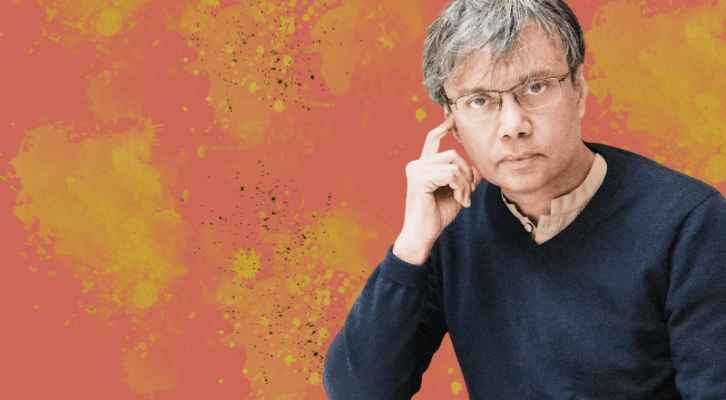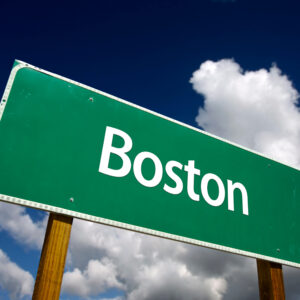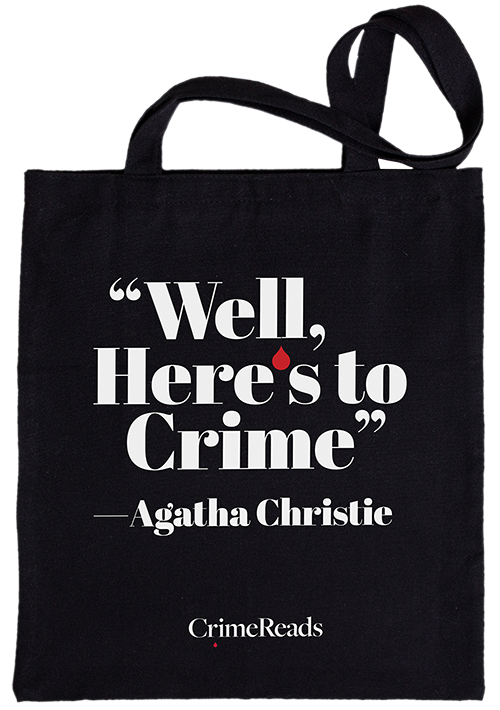Ouija Board Rules
Never use a Ouija Board alone.
Never use a Ouija Board when ill.
And never use a Ouija Board in a cemetery,
otherwise, it could inflict serious supernatural harm.
-Runa Blackwood, Ouija Board Consultant
Most people believe Ouija boards are harmless exciting fun, me included. When I was a kid, my friends and I used to “ask the board a question” at our pre-teen sleepovers. Truth be told, we mostly asked about boys instead of trying to contact the dead, but even so, sometimes I couldn’t get to sleep after a session. While I knew it was just a game, using a Ouija board could still felt spooky. I mean, what if it really could contact the “other side?”
When I started writing my new mystery, MURDER AT BLACKWOOD INN, I decided to conjure up a Ouija board as a clue to the puzzle. After all, the story takes place in a haunted bed and breakfast inn that’s located in the northern California coastal town of Pelican Point. My thirty-year-old protagonist, Carissa Blackwood, divorced and out of work as a ghostwriter, moves in her two elderly aunts to help them manage the inn. But she never expected her relatives to be so … woo-woo. Aunt Hazel, who tends a poison garden, and her sister Runa, who’s into crystals, inherited an old sea captain’s house from their recently deceased father. Blackwood was rumored to have held seances for the locals at midnight and used a Ouija board to conjure up the dearly departed. Since moving into the house, Carissa has discovered some bizarre anomalies, including a hidden room, a secret staircase, and lots of occult items tucked away in the neglected attic.
Curious about her grandfather’s past, Carissa goes exploring one day and finds an early version of a Ouija board at the bottom of a dusty, forgotten trunk. Unlike the popular Parker Brothers game that’s still sold today, this old board is made of wood, scratched, faded, and apparently well used. But similar to the current versions, the antique board features letters of the Latin alphabet, the numbers 0-9, and the words “yes,” “no,” “hello,” and “goodbye.” Next to it she finds a heart-shaped planchette—a movable indicator that slides around the board, locating letters and spelling out messages, and often used during a séance. To make it move, two players place their fingers on either side, then ask a question, at which point the planchette begins to move…
Curious about the history of the antique Ouija board, which brings back memories from her childhood and creepy communications from “the beyond,” she does some sleuthing and learns that early versions of her grandfather’s board, also known as a “spirit board,” “witch board,” or “talking board,” date back to 1100 A.D. China, where “automatic writing” was a popular way to communicate with the spirit world. Back then they used a “fuji,” which was much like a planchette.
The “talking board” became widely used during the 1880s Spiritualist movement in the United States as a means for mediums to “contact” fallen Civil War soldiers. Loved ones were desperate to reach their deceased sons, so they were happy to pay the unscrupulous fakers who bilked naïve believers out of their money by promising them a spiritual reconnection.
Around 1900, a Baltimore businessman named Charles Kinnard and a cabinet-maker-turned-coffin-maker named E.C. Reich claimed to have invented the Ouija board, although this has been challenged by others who have made the same claim. The two men were said to have created the first protypes from coffin wood, with a planchette that featured a coffin nail in the center. But lacking a patent, they turned over the board’s production to an employee named William Fuld, who promised world-wide development and sales.
Based on Fuld’s success, Parker Brothers bought the rights to the Ouija board in 1967 and billed it as a “mystical oracle for communicating with the spirits and wholesome amusement.” The board was so popular, it even outsold their other best-selling game, Monopoly—over two million in a given year.
While some religion groups have denounced the Ouija board, claiming it could lead to demonic possession as portrayed in the movie, “The Exorcist,” the scientific community argues that the action of the planchette can be explained by unconscious muscular movements of those controlling the pointer, known as “ideomotor effect.” Essentially, the mind can trick the body to move the planchette and form a message. If you’re a poker player, you might think of it as similar to a “tell” in a poker game. While you’re trying not to reveal your hand, you may not realize your mind (ideo) is sending out non-verbal (motor) signals—facial tics, shaking hands, or a tense demeanor—that can give away the importance of your cards. Hence the phrase while playing: “Keep a poker face.”
Ouija boards continue to be so popular that even Hollywood has capitalized on the game and created over two-dozen movies following the success of “The Exorcist.” One of the first films to use a Ouija board, “The Uninvited” with Ray Milland, dates back to the 1944, while “Ouija: A New Beginning,” debuted this year. The fascination with the Talking Board has only increased over time.
So whether you believe in the powerof Ouija boards or not, I’ll leave you with some tips to avoid contact with demonic entities, just in case you happen to be attending a séance in the near future:
- Light white candles for positive energy and protection.
- Clean the board with a smudge stick made of sage.
- And always say “Goodbye” or the spirit will linger…
***

